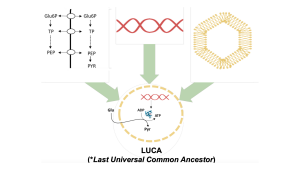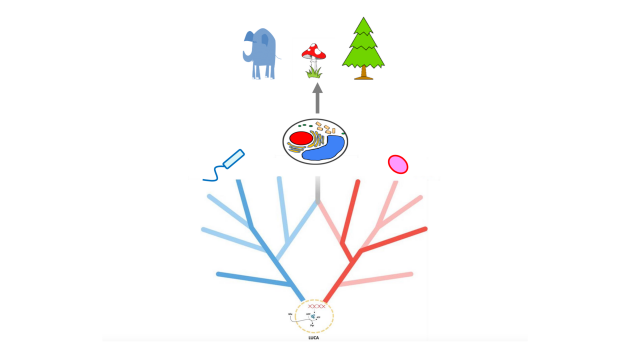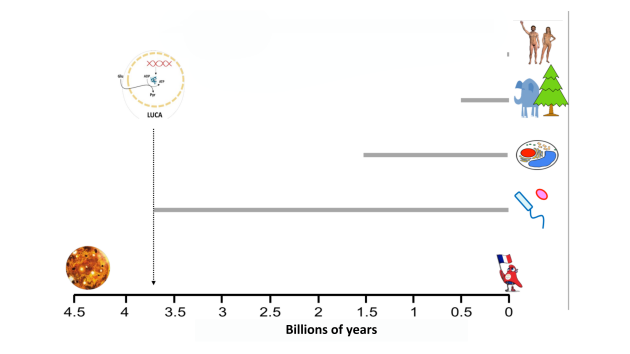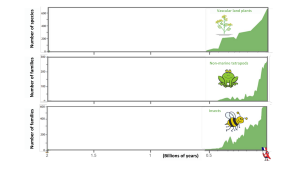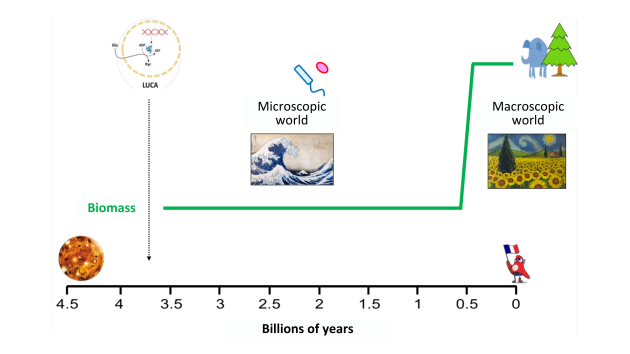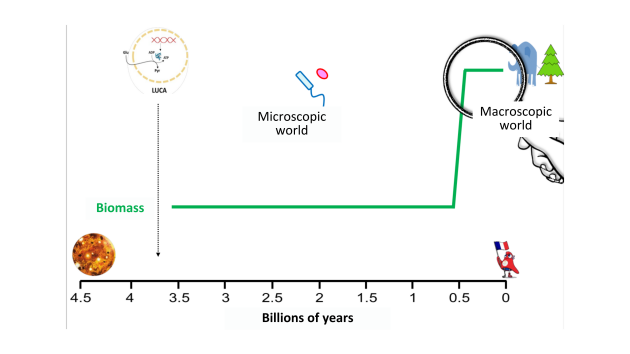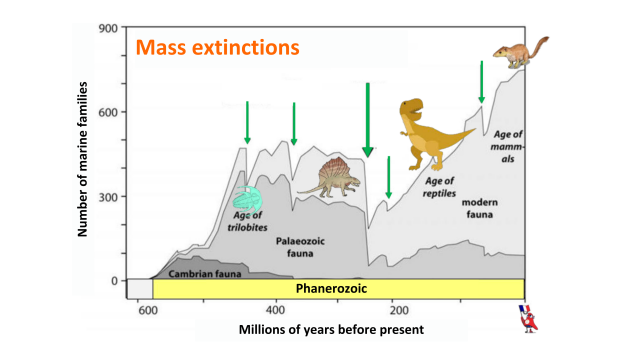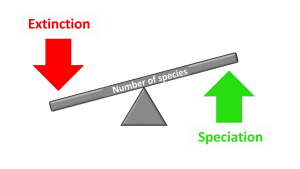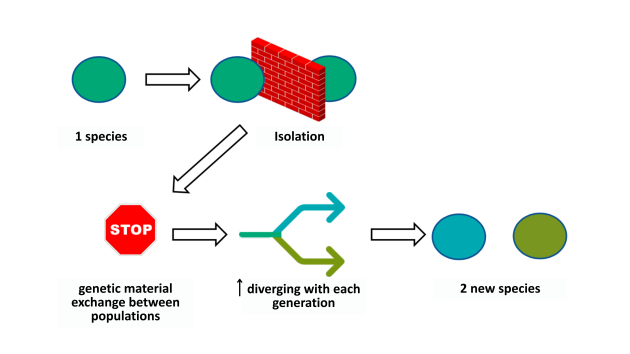Life on planet Earth
Before we begin discussing biodiversity, we will examine the evolution of life on planet Earth, which is the only known planet that hosts life.
Living organisms are characterized by:
metabolic activity, meaning a set of biochemical reactions related to the production and consumption of energy and matter
a system for transmitting hereditary information, in the form of DNA or RNA
a semi-permeable membrane, which allows exchanges with the external environment
What are the differences between prokaryotic and eukaryotic cells?
There are only two types of cells: prokaryotic cells, which are morphologically simpler because they lack internal compartmentalization, and eukaryotic cells, which contain structures such as a nucleus, endoplasmic reticulum, mitochondria, and more.
Eukaryotic cells gave rise to complex multicellular organisms: animals, plants, and fungi. There are no multicellular prokaryotic organisms, prokaryotes are always unicellular. It is important to understand that all life on Earth shares a common origin. All organisms, whether bacteria, elephants, or humans, descend from a common ancestor.
Here, we can see a representation of a timeline from the formation of the planet approximately 4.5 billion years ago to the present day:
LUCA, our common ancestor and the origin of all life on the planet, appeared approximately 3.8 to 4 billion years ago.
The first forms of life were prokaryotic cells, meaning that bacteria and archaea have existed on Earth since the beginning of life. Prokaryotic organisms dominated the planet’s history, being the only forms of life for billions of years.
Unicellular eukaryotic organisms emerged around 1.5 billion years ago.
Complex multicellular eukaryotic organisms (animals, plants, and fungi) appeared only 0.5 billion years ago.
Humans appeared very recently in comparison with bacteria and archaea.
Evolution of the number of species
In this figure, we can observe the evolution of the number of species of plants, terrestrial animals, and insects. In all three cases, the number of species of plants, animals, and insects has increased concurrently since their emergence only 0.5 billion years ago.
We can also study the evolution of biomass since the emergence of life. For the first 3 billion years after life appeared, biomass was primarily dominated by prokaryotic organisms (bacteria and archaea).
However, about 0.5 billion years ago, the emergence of plants and animals led to a significant increase in the planet’s total biomass.
Prokaryotic organisms dominated for the majority of the planet’s history, with a shift toward eukaryotic organisms over the last 500 million years, transitioning from a microscopic, marine world to a macroscopic, terrestrial one. Eukaryotic life depends on prokaryotic organisms, not the other way around.
If we closely examine the evolution of biomass during the expansion of plants and animals, we can observe five significant decreases in biomass. These five declines coincide with the five mass extinctions that the planet has experienced. The extinction of the dinosaurs is the most well-known, but not the largest in terms of species loss. The most significant mass extinction in terms of species lost is the Permian extinction.
Extinction and speciation
Extinctions
Throughout the history of life, approximately 90% of species have disappeared. Mass extinctions account for only 4% of all extinctions. However, following a mass extinction, there is often a shift in the dominant groups of species. For example, after the extinction of the dinosaurs, mammals diversified across the planet. The lifespan of a species can vary significantly, with the average lifespan ranging between 5 and 10 million years.
Speciations
The emergence of new species is called speciation. How are new species created? Starting from common ancestors and through isolation events, such as geographic barriers, there is a reduction in genetic material exchange between populations. This leads to increased genetic differentiation through random mutations and natural selection, ultimately resulting in the appearance of new species. This process selects individuals best adapted to their environment.
